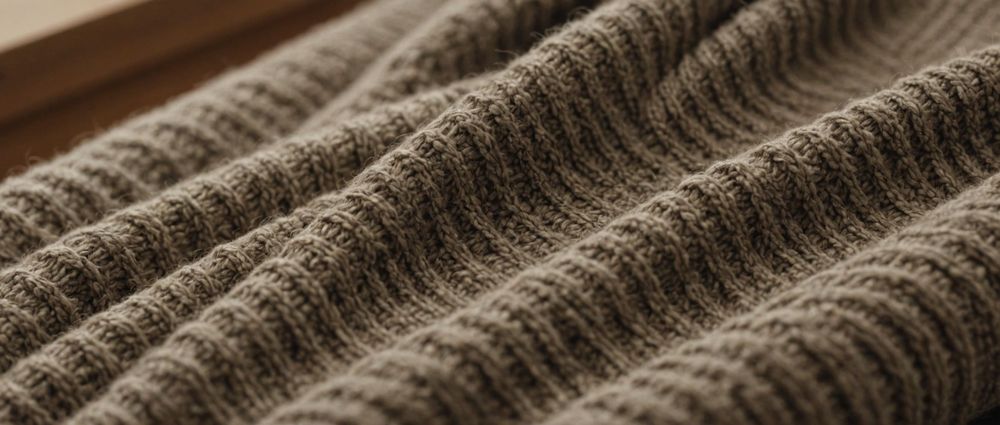Clothes moths, though often overlooked, can pose a significant danger to your favorite garments. These tiny pests, primarily the larvae, are notorious for their insatiable appetite for natural fibers found in clothing, upholstery, and carpets. While adult moths are mostly harmless and do not contribute to the damage, their larvae can wreak havoc on your wardrobe. In this article, we will explore the dangers posed by clothes moths, how to identify them, and effective prevention measures to protect your belongings.
Understanding Clothes Moths

Clothes moths belong to the family Tineidae and are primarily known for their destructive larvae. The most common species are the webbing clothes moth (*Tineola bisselliella*) and the casemaking clothes moth (*Cognettia argentePalpella*). Both types have a similar lifecycle that includes the larval stage, which is responsible for the damage to textiles. Adult moths are small, measuring about 1/2 inch in length, and have a muted gold or yellow coloration. They are attracted to natural fibers, such as wool, silk, and cotton, making your wardrobe an ideal target for infestation.
Signs of Infestation

Recognizing the signs of a clothes moth infestation early can prevent extensive damage to your clothing. Here are several indicators to keep an eye out for:
- Damage to Fabrics: Look for small holes in clothes, often appearing in the underarm or knee areas where fabric rubs together.
- Webbing: The presence of silk threads or tunnels in the fabric often indicates a moth infestation.
- Larvae: Small, caterpillar-like larvae may be spotted near the infested garments.
- Adult Moths: Though harder to spot, seeing adult moths fluttering around can indicate a problem.
- Moth Droppings: Tiny, dark specks that resemble pepper, are signs of larvae presence.
Being vigilant about these signs can help thwart an infestation before it becomes extensive.
Are Clothes Moths Dangerous to Humans?
While clothes moths are not harmful to human health, their presence can lead to considerable emotional and financial distress. The primary danger lies in the damage they can cause to valuable possessions. Natural fibers in clothing, blankets, and other textiles can be consumed rapidly by larvae, leading to irreparable damage. Additionally, the costs of replacing damaged items can accumulate quickly, notably when dealing with expensive fabrics like wool or silk. Therefore, while clothes moths are not dangerous in the traditional sense, their impact on your belongings can be significant and worth addressing before they become a larger issue.
Prevention and Control
Preventing clothes moth infestations requires a combination of proactive measures and vigilant monitoring. Here are effective strategies to keep them at bay:
- Regular Cleaning: Vacuum and clean clothing and storage areas frequently to eliminate eggs and larvae.
- Proper Storage: Store out-of-season clothing in airtight containers or bags to avoid exposure to moths.
- Use Moth Repellents: Employ cedar blocks, lavender sachets, or commercial mothballs in wardrobes and storage areas.
- Monitor with Traps: Use clothes moth traps equipped with pheromones to catch adult moths and monitor their presence.
- Professional Extermination: Consider consulting pest control services if you encounter a significant infestation.
Implementing these preventive measures can help maintain a moth-free environment and protect your wardrobe.
Conclusion
In conclusion, while clothes moths do not pose a direct threat to human health, their propensity for damaging textiles can make them a significant concern for homeowners. Understanding the lifecycle of these pests, recognizing the signs of infestation, and implementing preventive strategies are crucial steps in protecting your garments from destruction. By maintaining a proactive approach and being vigilant, you can easily keep clothes moths at bay and ensure your favorite pieces remain intact for years to come.
FAQs
1. Can clothes moths damage synthetic fabrics?
No, clothes moths primarily target natural fibers such as wool, silk, and cotton. They are less likely to damage synthetic fabrics like polyester or nylon.
2. How can I tell if I have a moth infestation?
Look for signs such as holes in fabrics, webbing or larvae near your clothing, adult moth sightings, and moth droppings, which resemble tiny black specks.
3. Are mothballs safe to use?
Mothballs contain toxic chemicals and should be used with caution. Always follow the manufacturer’s instructions, and ensure to ventilate your space after use.
4. How often should I inspect my clothing for moths?
It’s best to inspect your clothing and storage areas regularly, especially during seasonal changes or when storing clothes away for extended periods.
5. What should I do if I find damaged clothing?
If you find damaged clothing, isolate the affected items to prevent spreading and clean them thoroughly. If necessary, consider professional treatments or replacements for heavily damaged fabrics.
